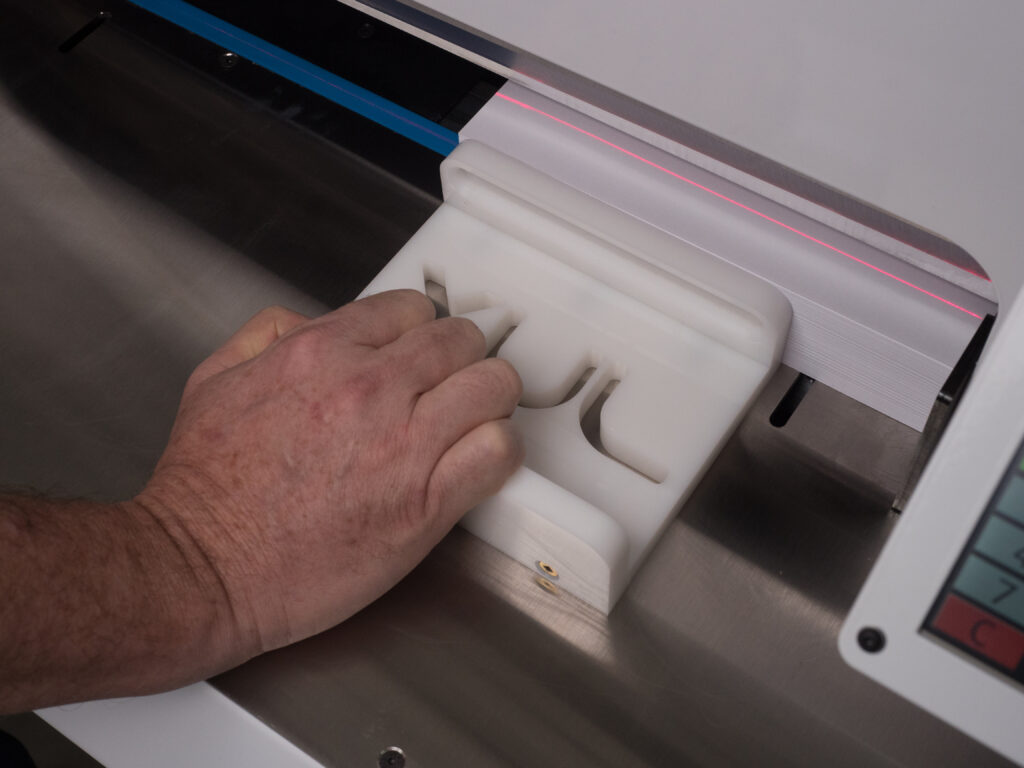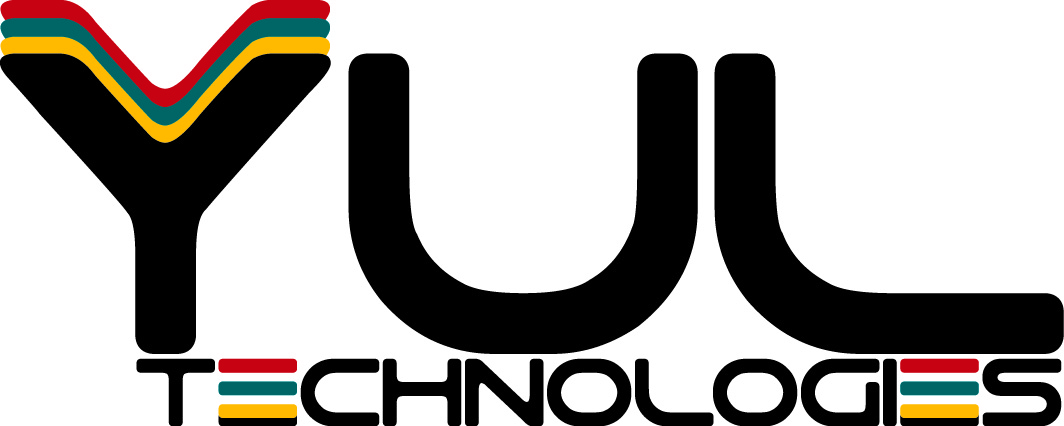(450) 786-2020
2020 Francis-Hughes
Laval, Quebec, Canada
PRO TIPS
Let’s discuss some topics about paper cutting
Here are a few pro tips to help you solve some of your problems and hopefully make your life easier with paper cutting. Whether you call it a paper cutter, a stack cutter, a massicot or a guillotine, YUL paper cutters are electric paper cutters equipped with fancy devices all intended to help you cut a stack or pile of media to the perfection.
Can I cut anything with a YUL electric paper cutter?
Well, in fact all kinds of material can be cut with a YUL electric paper cutter, whether thin paper or thick cardboard. YUL paper cutters can easily cut paper, cardboard and many types of labels.
What accuracy should I expect from a YUL paper cutter?
All YUL paper cutters cut with hair line accuracy. Whether you are cutting a single sheet of paper or a big stack of labels, YUL paper cutters will cut with the same precision up to 3.5″ or 89 mm in stack thickness.
What cutting angle should my YUL paper cutter blade or knife have?
Different materials require different blade or knife angles and it is difficult to determine an angle suited for all kind of materials. Fundamental rule is that for softer material you will use a narrow angle and that for harder materials you will use a wider angle. Your cutting angles range should vary from 17° to a maximum 28°. If for instance onion skin paper, copier paper and board are to be cut, knife angles of 19°, 22° and 24° would be required respectively. In this case a blade or knife angle of 22° would theoretically best be suited as an average setting. YUL paper cutter blades are initially set between 20~23 degree for paper cutting depending on size of cutter. However, to obtain the utmost cutting quality and machine productivity with your YUL paper cutter, one must pay great attention to the knife and its cutting angle. For reasons of safety and protection YUL knives should always be kept in their special holders.
How often shall I sharpen my blade or knife ?
We estimated that your YUL blade should be sharpened after an approximate 2000 cuts, so having your YUL cut counter reset after each sharpening is a good practice. Simply go to your Settings Menu and take a look at the Reset Counter.
What happens if I don’t sharpen my YUL blade after 2000 cuts?
Blade material will wear and tear after each cut; that’s a natural mechanical process. When you go over the recommended 2000 cuts, your YUL blade tip will become blunt. A blunt blade tip requires a stronger force to cut into paper and this affects the mechanical and electrical components of your YUL cutter. Cutting through paper with a blade should be as smooth as cutting through butter with a kitchen knife. There is a protective fuse on your YUL and the fuse will blow as an electronic safety to protect your YUL electric paper cutter.
A blunt knife on your YUL cutter will produce straining on your cutter and generate inaccurate and unclean cuts. Some signs indicate that a knife edge is blunt. Signs such as sticking together of paper edges, darker colour of paper as well as roughness of the edges. Sometimes, you may also experience more noise when the last sheet is cut. These situations are all signs that your blade should be sharpened.
Where is the best place to position my stack of paper on the cutters table?
YUL paper cutters blades follow a scissor movement for cutting. The initial movement of the blade starts at the top right hand side and it ends on the bottom left hand side of the stainless table. To ensure equal blade wear and tear, we suggest you move your stack of paper from side to side on the table unless you have very small stack to cut. For a smaller size stack, like for business cards, we recommend you place your pile on the left hand side of your YUL paper cutter. The left hand side being the end of the run of the blade, therefore your pile will stay in place better if place on the left hand side. Also, you may have noticed that the backgauge fingers are set closer together on the left hand side? Is this a coincidence ? Of course not! We thought that making theses fingers closer together would hold your small paper stack better.
What is HSS steel and do I need it for my YUL electric paper cutter?
HSS stands for High Speed Steel and it it a steel that went through an additional alloy process giving it higher performances than regular steel. Blades made of HSS can also be reground many times, providing longer cutting lives before being discarded. In essence, HSS blades exhibit exceptional hardness and abrasion resistance. All YUL electric paper cutters come standard with 2 HSS blades.
When shall I change my cutting stick?
A cutting stick acts as a protector for the blade. The cutting stick is where your blade rests when it reaches its lowest position. YUL cutters design allows your cutting stick to have 8 lives; or if your prefer 8 different permutations for the cutting stick. The cutting stick design is off-centered from the blade axis so, whenever the blade gets to end of its cycle, it hits off center on the cutting stick. You can rotate the cutting stick 4 times and then flip it over to obtain 4 more cutting stick positions. After changing the knife, the knife lowest position should be set parallel and touching contact with the cutting stick. The blade should barely be touching the stick.
To make sure that the lowest sheet of a stack of paper is cut through completely, the cutting stick groove of the cutting stick should not be too deep. When the grooves are deep on the cutting stick, the cutting stick becomes white. A cutting stick with lots of white lines is a situation you wish to avoid in order to protect your blade. If your YUL cutting stick has multiple deep grooves or marks from the blade, it is time to permutate the cutting stick.
How can I extend the life of my YUL blade?
Make sure you are protecting your blade when not used by storing it in its protective holder.
What is the purpose of a YUL jogger block?
The YUL jogging block should be considered as your best tool.
A jogging bloc protects your hands from the blade at all times. Due to its sliding properties on YUL’s stainless table, the jogging bloc allows to position your paper stack in the perfect position along the side guides.
Also, the jogging bloc allows the release of some excess air from you stack, In fact, high air volume and the knife tend to pull the material from beneath the paper clamp during the cutting cycle. This phenomen leads to an overcut where the upper layers of the stack are cut shorter than those at the bottom. A jogging bloc allows to remove some excess air from the stack and produces cleaner cut stacks.


